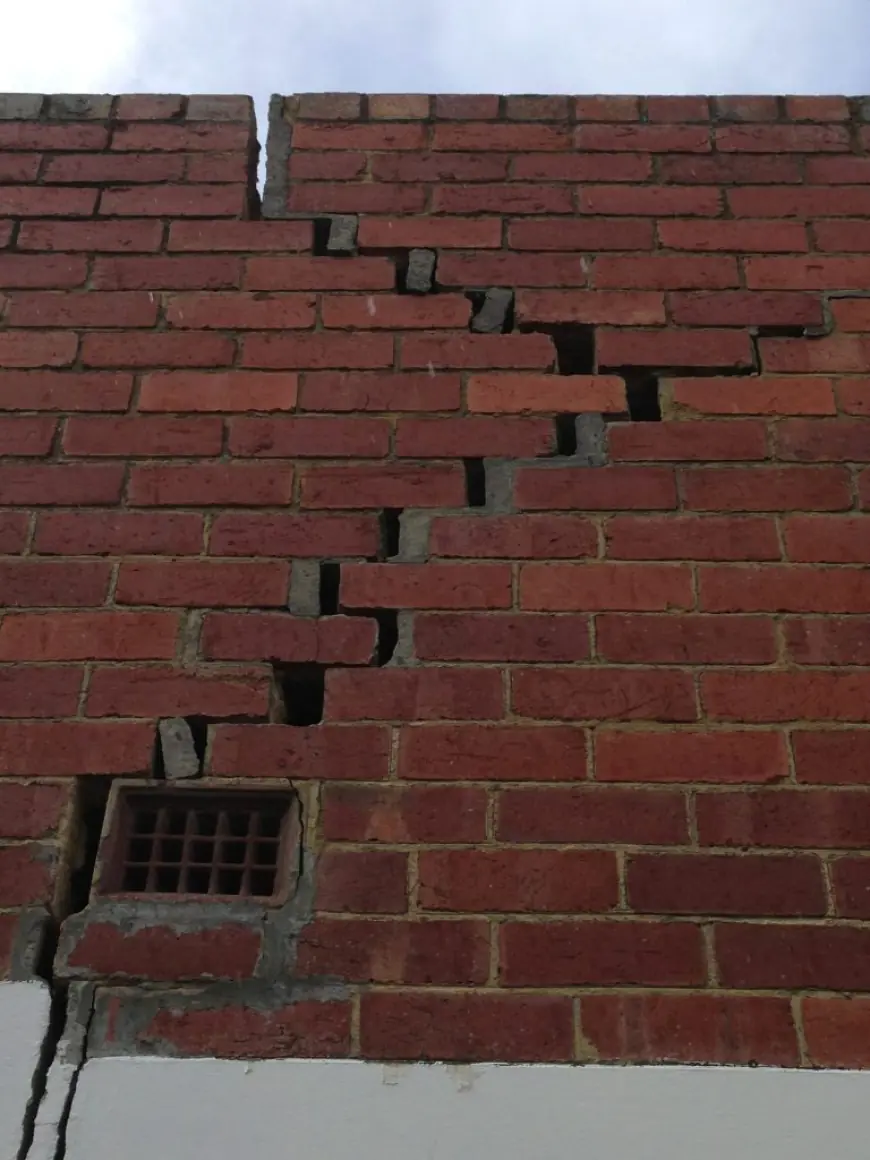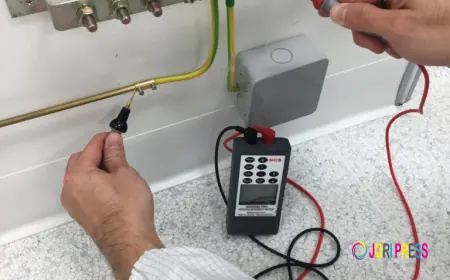Cracked Brick Wall Repair Guide: What Causes It and How to Fix It
Cracked Brick Wall Repair Guide What Causes It and How to Fix It

Ever walked by your house and spotted those stepped lines running through your brick wall?
Those cracks aren’t just an eyesore; they’re trying to tell you something important. Your wall and building is sending out an SOS signal that you shouldn’t ignore.
Why Brick Walls Start Cracking
- Lack of articulation: Here’s the thing about temperature changes—they affect bricks way more than most people realise. Hot summer days make them expand, then cold winter nights shrink them back down. This constant expansion and contraction creates serious stress over time. With lack of articulation, to allow for this expansion and contraction, the bricks might crack under pressure.
- Uncontrolled Water: Water is another major troublemaker. Garden beds beside footings, uncontrolled surface run-off and poorly maintained stormwater or sewer pipes all contribute to water seeping below footings. This can lead to either the soil expanding, causing heave, or more than likely the loosening of the silts and soil settlement. This is turn causes the footing to subside, and cause cracks.
- Drying affect of drought or trees: Drought, or tree roots can cause the soil to shrink due to lack of moisture. This in turn causes voids within your ground, and soil settlement, causing subsidence. When the ground shifts underneath, walls can’t help but crack under all that pressure, as the footing is dropping.
- Poor workmanship, including bricklaying and inadequate founding of footing. And let’s be honest, poor construction from decades ago eventually shows up. Maybe the mortar mix wasn’t quite right, or workers rushed through the job and footing wasn’t deepened to correct soil profile. Time has a way of revealing these shortcuts.
Types of Cracks You’ll Spot
Hairline cracks are thin as… well, hair. These usually aren’t too serious—just surface-level stress from weather changes and are expected.
Stair-step cracks follow the mortar lines between bricks, and they look like tiny staircases running up your wall and often point to foundation issues. If these are less than 5mm, then they are classified as slight, and 5 – 15mm moderate. Anything excess of 15mm is severe, and requires urgent attention.
Horizontal cracks run sideways across walls. If these cracks are at bottom, then these need attention fast because they suggest some serious structural problems, and possible brick slippage due to foundation movement.
Vertical cracks go straight up and down. They’re pretty common and usually less worrying than the horizontal ones. If they are less than 10mm, it could be due to lack of articulation. Once they’re greater though, they will need constant monitoring and attention.
Rolling Up Your Sleeves for Repairs
Got small hairline cracks? You can tackle these yourself. Just lightly patch and monitor as required.
For slight to moderate cracks, you might need to fill gaps with mortar. It is important to ensure brick mortar with a sand/cement mix is utilised. Resin or gap fillers are generally difficult to remove, if ever footing is required to be underpinned and repaired. Push the mortar into cracks using a pointing trowel. Work it in deep, then smooth the surface so it matches the surrounding areas. Let it cure for several days while keeping it slightly damp.
For bigger cracks, first measure would be to get footing inspected, and either one of our supervisors or a structural engineer is required to determine the cause of the crack. In this scenario, nothing should be done without underpinning the footing. Then, can the brickwork be repaired, including potentially utilising helibars to tie walls on either side of previous crack.
When It’s Time to Call the Pros
If a crack is larger than 10-15mm, and is growing despite your repair efforts, or multiple cracks suddenly appear, something bigger might be going wrong with your foundation.
Bowing walls orgaps beside windows/doors and loose bricks? Those are definite red flags. Don’t mess around with these situations—call a structural expert right away.
Wrapping Things Up
Cracked Brick Wall Repair happens to pretty much every homeowner eventually. The key is catching them early, which saves both money and major headaches down the road.
You can mend tiny things on your own, but if cracks appear that are moderate or severe keep coming back after you’ve patched them, Don’t wait contact us today for a free comprehensive assessment and personalised repair plan!
What's Your Reaction?
 Like
0
Like
0
 Dislike
0
Dislike
0
 Love
0
Love
0
 Funny
0
Funny
0
 Angry
0
Angry
0
 Sad
0
Sad
0
 Wow
0
Wow
0


















































